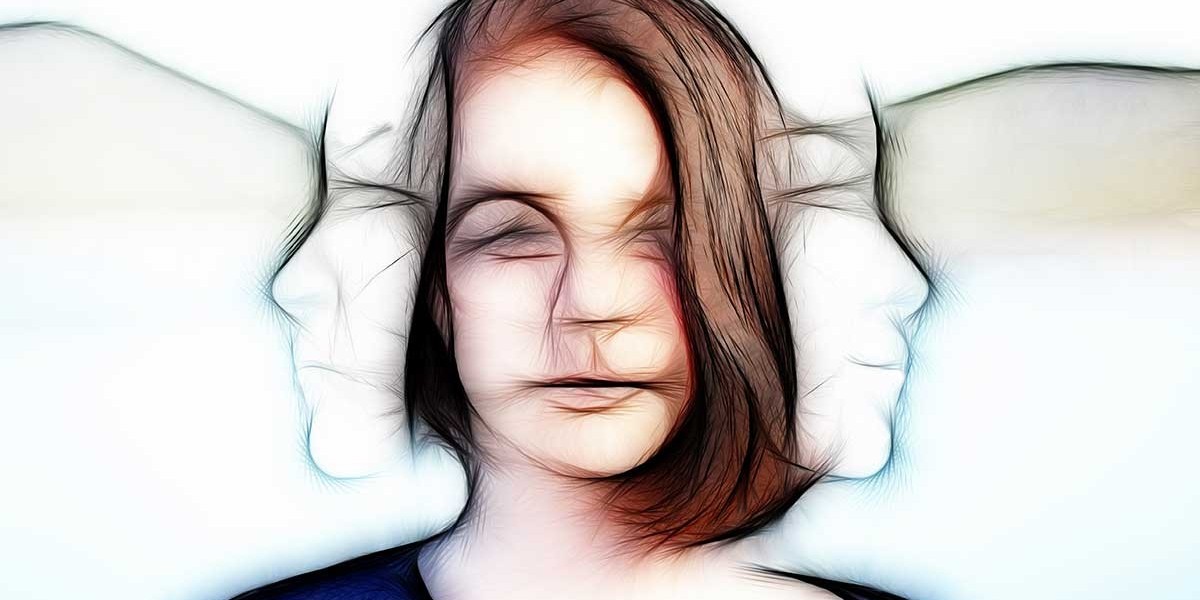Making the decision to undergo a self-assessment for borderline personality disorder (BPD) is a significant step towards taking control of your mental health. However, receiving a positive result can be overwhelming and even frightening. Knowing what steps to take after a positive BPD self-assessmentis essential for navigating this diagnosis and seeking the help and support you need.
Continue reading to explore what borderline personality disorder is, and what are the post BPD assessment steps to begin your journey towards healing and self-discovery.
What is borderline personality disorder?
Borderline personality disorder is a mental health condition characterized by borderline personality disorder (BPD) is a mental health condition characterized by challenges in processing and regulating emotions. Individuals with BPD often experience issues with self-identity, fluctuating moods, and shifts in behavior. This disorder can lead to feelings of instability and insecurity.
Key Diagnostic Features:
- Unstable Interpersonal Relationships: Intense and turbulent relationships with loved ones marked by idealization, devaluation, and a pronounced fear of abandonment. This fear can manifest as clinging behaviors or impulsive distancing.
- Identity Disturbance:An unstable sense of self, accompanied by a lack of consistent self-image.
- Impulsivity in at least two areas:Engagement in impulsive behaviors that can be self-damaging, such as reckless spending, substance abuse, unsafe sex, self-harm, or binge eating.
- Affective Instability:Rapid and significant shifts in mood, often lasting only a few hours and ranging from intense euphoria to depressive episodes, irritability, or anxiety.
- Recurrent Suicidal Ideation or Behavior:Suicidal thoughts, threats, or attempts.
- Chronic Feelings of Emptiness:A persistent sense of inner emptiness or lack of meaning.
- Inappropriate Anger:Difficulty controlling anger outbursts, often accompanied by intense displays of verbal or physical aggression.
- Stress-Related Dissociative Symptoms:Experiences of feeling disconnected from oneself or one's surroundings during periods of stress.
Post BPD Assessment Steps
Acknowledging And Accepting the Presence of Disorder
If you have taken an online self-assessment test for borderline personality disorder and received a positive result for BPD, it’s important to acknowledge your courage in taking this step. Recognizing and accepting the presence of such a disorder is the first step towards healing and recovery.
Seek Professional Help
After receiving a positive result on a borderline personality disorder self-assessment, identify resources that can help you on your journey. Reach out to mental health professionals, such as therapists or psychologists, who specialize in treating BPD to get a comprehensive assessment and discuss potential treatment options
Educate Yourself
Educating yourself is one of the most important post BPD assessment steps. Begin learning about BPD from credible sources such as books, scientific articles, and reputable websites. Understanding the disorder, its symptoms, common challenges, and most importantly, available treatment options can help reduce anxiety.
Cultivating Supportive Relationships:
The hallmark fear of abandonment in BPD highlights the importance of fostering healthy relationships. Focus on building connections with people who understand and respect your boundaries. Joining a support group specifically for individuals with BPD can be a valuable source of understanding and connection.
Consider Therapy Options
Various therapeutic approaches have proven effective for BPD:
- Dialectical Behavior Therapy (DBT): Dialectical behavior therapy is specifically designed for BPD. It focuses on teaching skills to manage emotions, reduce self-destructive behaviors, and improve relationships.
- Cognitive Behavioral Therapy (CBT): It helps identify and change negative thinking patterns and behaviors.
Develop Coping Mechanisms
After a positive BPD assessment, it's crucial to explore effective coping mechanisms to manage your symptoms and improve your quality of life. Here are some post BPD assessment steps that can help you towards stability and well-being.
- Set and maintain boundaries to help manage relationships better.
- Practice meditation, yoga, and breathing techniques.
- Practice comforting activities such as: Have a soothing drink, journaling, taking a bubble bath to manage overwhelming emotions.
- Eat healthy food and maintain a balanced diet.
- Get a good night's sleep.
- Keep regular appointments with your psychiatrist, even when feeling okay.
- Take medication as prescribed: Always follow your doctor's guidance.
- Exercise through walking, running, or dancing as physical activity can improve mood.
- Engage in a hobby. Keeping busy with something you enjoy can be very therapeutic.
Why Are Post BPD Assessment Steps Necessary?
Taking these steps is crucial for several reasons. Firstly, BPD can significantly impact various aspects of your life, and seeking help early can prevent further distress. Additionally, understanding the condition and accessing appropriate support can improve your overall quality of life. Therefore, it is essential to incorporate post BPD assessments step.
Conclusion
Receiving a positive result on a borderline personality disorder self-assessment can be a challenging and overwhelming experience. However, by incorporating the right post BPD assessment steps and seeking the help and support you need, you can start your journey towards healing and self-discovery. Remember, you are not alone, and there are resources and people who can support you along the way. By identifying resources, developing coping strategies, creating a treatment plan, building a support network, and practicing self-care, you can navigate the complexities of living with BPD and lead a fulfilling life.



